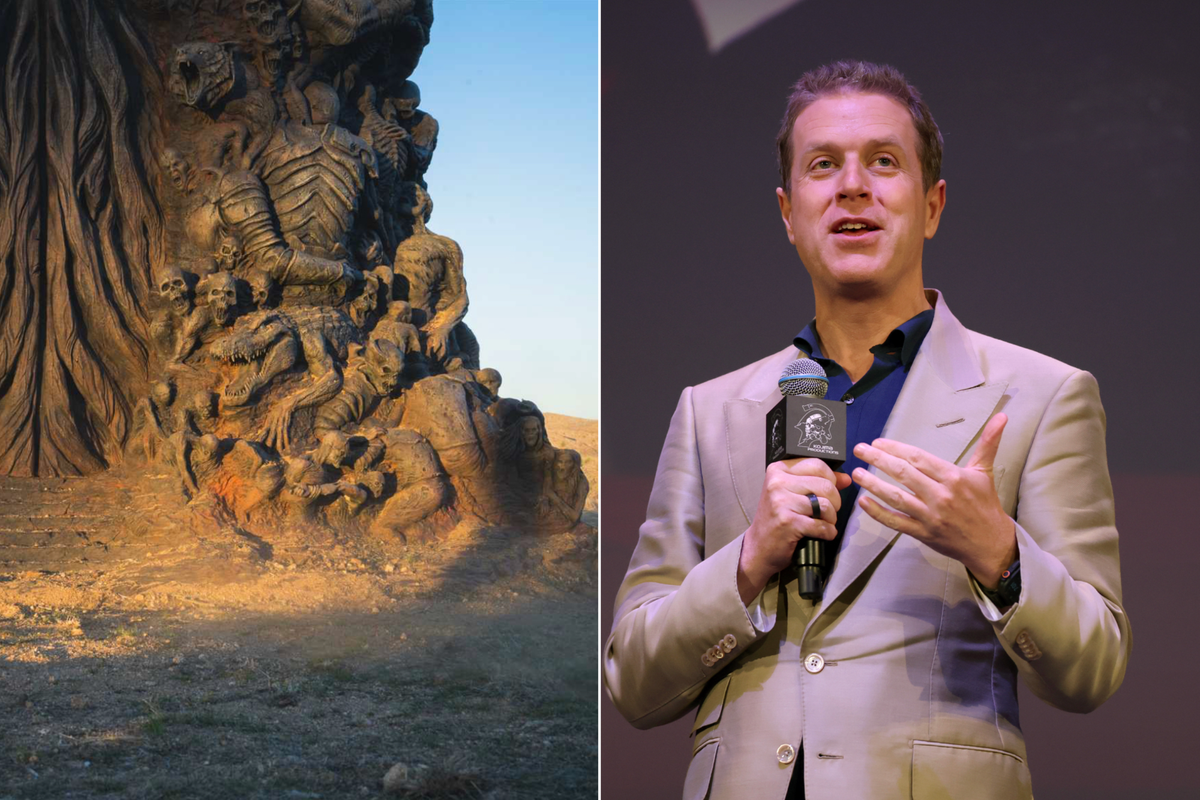Science & Tech
Mimi Launder
Nov 17, 2017

Picture:
iStock / STILLFX
If you're sick of 2017, get excited: time travel could one day be possible.
The only stickler? You can only go backwards.
Back before Donald Trump, global warming and fidget spinners, all the way to a time with even more... rampant racism, sexism and homophobia...
Ah. Well, there's always the dinosaurs.
It turns out there could be nothing forbidding time travel when it comes to the laws of theoretical physics.
At least according to astrophysicist Ethan Siegel of Lewis and Clark College.
Writing for the Forbes blog Starts With A Bang, Siegel explains how time travel could be possible given the tiny quantum fluctuations in the fabric of space-time that have already been found.
If a 'positive' and 'negative' energy fluctuation became connected, he thinks it could lead to time travel.
That sci-fi favourite plot device - the wormhole - could then theoretically be created.
In other words, a passage through space-time.
Negative energy has not been discovered, but there's nothing that says it can't exist in the framework of Einstein's General Relativity. Siegel wrote:
If this negative mass/energy matter exists, then creating both a supermassive black hole and the negative mass/energy counterpart to it, while then connecting them, should allow for a traversable wormhole.
He added:
All of that is great for instantaneous travel through space.
But what about time? Here's where the laws of special relativity come in.
If you travel close to the speed of light, you experience a phenomenon known as time dilation.
This means that travelling at incredibly high speeds through space causes you to move slower through time.
A mind-bending example is; if you sped at 99.9% the speed of light to a destination 40 light years away...
you might reach your destination in only a year, and then come back in just another year.
But back on Earth, 82 years would have passed.
Everyone you know would have aged tremendously.
But constructing a wormhole would mean that this would not be a problem.
If one wormhole is close to motionless and the other is travelling at close to the speed of light, then you could:
Step into the relativistic end of the wormhole, and you arrive back on Earth only one year after the wormhole was created, while you yourself may have had 40 years of time to pass.
He added:
If, 40 years ago, someone had created such a pair of entangled wormholes and sent them off on this journey, it would be possible to step into one of them today, in 2017, and wind up back in time at the mouth of the other one... back in 1978.
The only issue is that you yourself couldn't also have been at that location back in 1978; you needed to be with the other end of the wormhole, or travelling through space to try and catch up with it.
HT Forbes
Top 100
The Conversation (0)















